Curator Perspectives
Dr. Gavin Svenson, Chief Science Officer, and Dr. Nicole Burt, Curator of Human Health & Evolutionary Medicine, recently shared their thoughts on our new Biological Processes Wing and the significance of the transformation project.
October 5, 2022
What has been most challenging about reinventing the Museum?
Dr. Burt: One of the primary challenges is the scope of the transformation. This is a large, complex project with many moving pieces—that in itself makes it challenging. We’re also trying to present information in a new way. We are getting away from a timeline or textbook approach and offering insight in a way that links topics together the way scientists actually do research.
Dr. Svenson: The transformation is redefining what a natural history museum can be for the community. The challenge is changing hundreds of years of precedent set by our Museum and other distinguished institutions around the world. To meet the challenges we face in today’s world, we’re rethinking how we serve the community. We’re presenting knowledge and evidence in a new way to disseminate knowledge. And we’re reimagining how we place human beings in the picture of natural history.
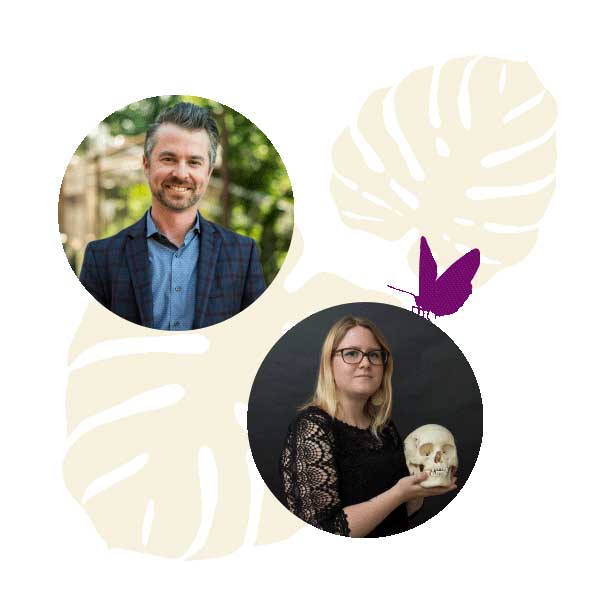
What’s your favorite part of the new Biological Processes Wing?
Dr. Burt: There are so many new components that people will have never seen. The piece I’m most excited about is an experience that will allow people to see inside the bodies of animals and people. Visitors are presented with a view of the microbiome. There’s an inventive way we’ve incorporated this view so people can experience what’s actually happening inside their bodies. Traditionally, natural history museums have presented information on human health like an anatomy lesson. We’re taking learning about our bodies in a new direction.
Dr. Svenson: One of my favorite experiences in the wing is a gamified simulation of evolution. We made a purposeful effort to show visitors how our bodies and evolution work without the experience feeling like a textbook. You’re immersed in a familiar natural landscape and arrive at the information in a new way.
How is this approach different from what we’ve done in the past?
Dr. Burt: One of the main differences is that we’re not giving people a list of facts that are available to almost anyone doing a Google search. Instead, we’re trying to provide an interpretation of the facts similar to what a scientist may experience. And we take the next step and show the connections—that’s not something a visitor can simply look up online.
Dr. Svenson: We’re also presenting information based on case studies and processes. We are using our specimens as evidence for the stories we’re telling versus merely presenting an array of interesting objects with name tags.
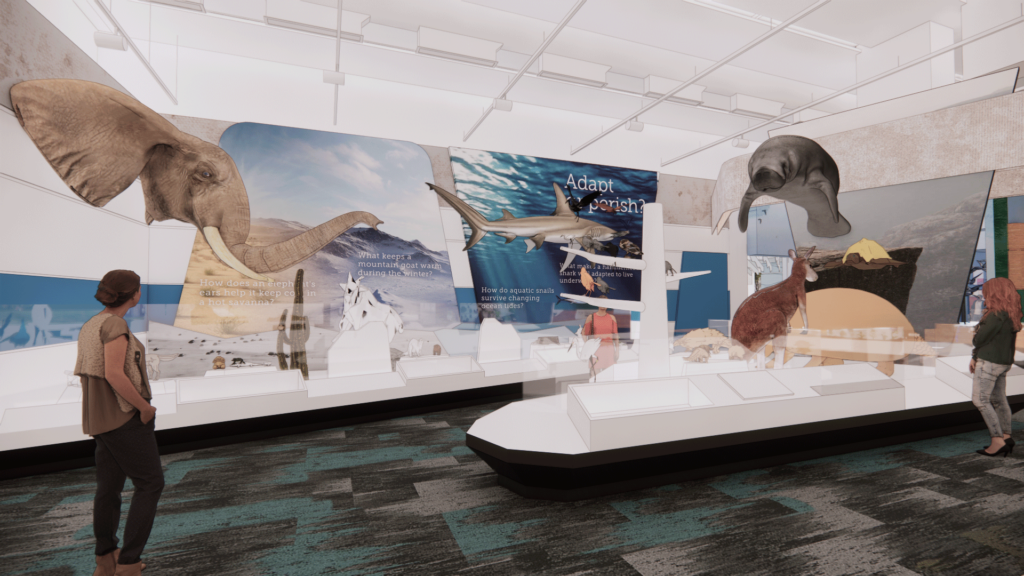
How can visitors make the most of the experience?
Dr. Burt: There is an abundance of experiences in the Biological Processes Wing. For those who live in this area, it makes sense to visit the gallery more than once. There’s so much to learn. Deep dive in a certain section, then go back and move on to another area.
Dr. Svenson: One of the most complicated things for people to wrap their heads around is the concept of time. In the new Museum, visitors can let go of that. We aren’t following a timeline format, so time becomes less important. It’s not an organizing feature, although it’s referenced. We believe this will give people a new way to experience the material that’s far more digestible and enjoyable.
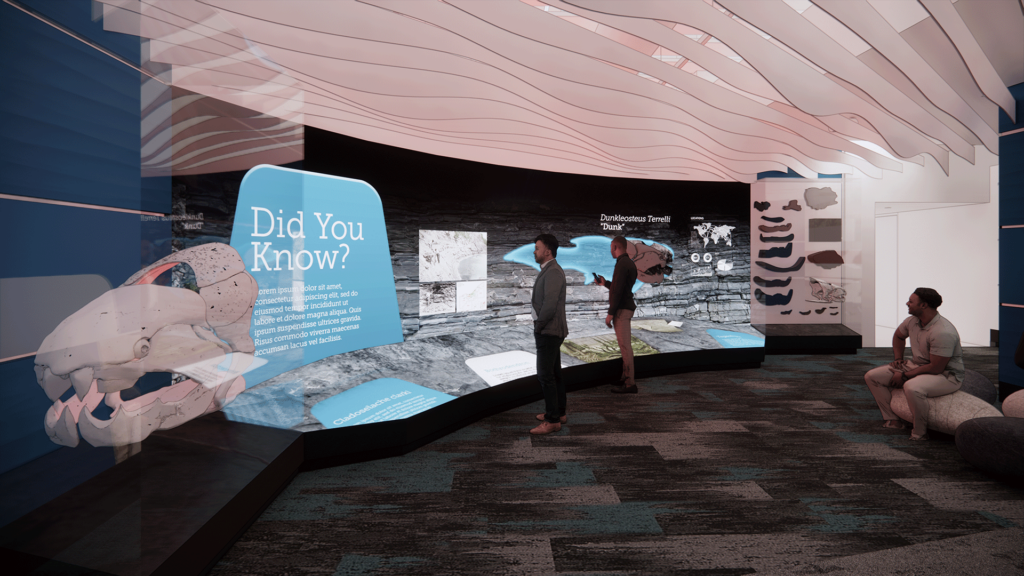
When will visitors gain access to the new Biological Processes Wing?
Dr. Burt: We’ll be rolling out new features all the way through 2025, so there will be plenty of new experiences throughout the next few years.
Dr. Svenson: We’re hoping to have both the Biological Processes Wing and Planetary Processes Wing fully unveiled by late 2024 to early 2025.
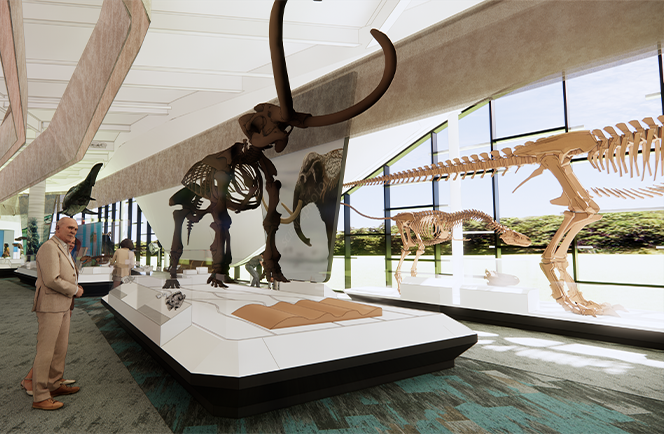
Exploring Our Past, Envisioning Our Future: New Curator Dr. Emma Finestone on the Museum’s Transformation
The Cleveland Museum of Natural History’s transformation includes a new, interdisciplinary strategy for collaboration among research staff. As part of this effort, the Museum recently appointed Dr. Emma Finestone Assistant Curator of Human Origins.
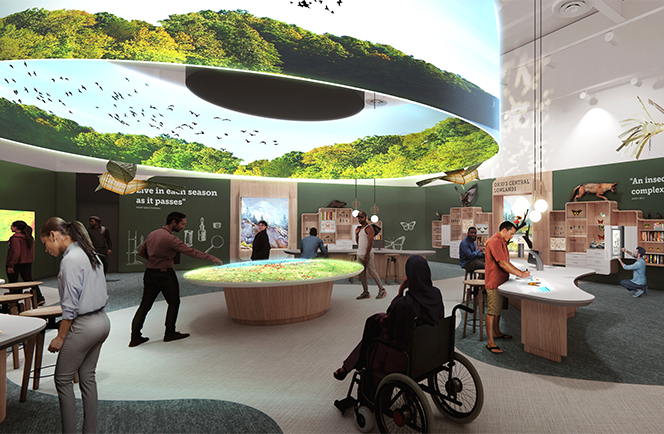
An Opportunity to Democratize Science: New Curator Dr. Elizabeth Sawchuk on the Museum’s Transformation
As we reimagine the Cleveland Museum of Natural History, we are building an interdisciplinary team of scientists whose research will be fully integrated with our new exhibits and educational programs. Dr. Elizabeth "Ebeth" Sawchuk recently joined this team as the Museum’s Assistant Curator of Human Evolution.
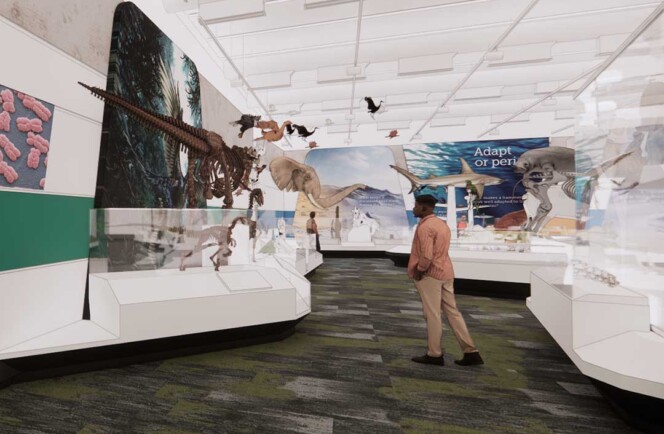
Experience Preview: The Evolving Life Wing
Exploring the Connections Among All Living Things
